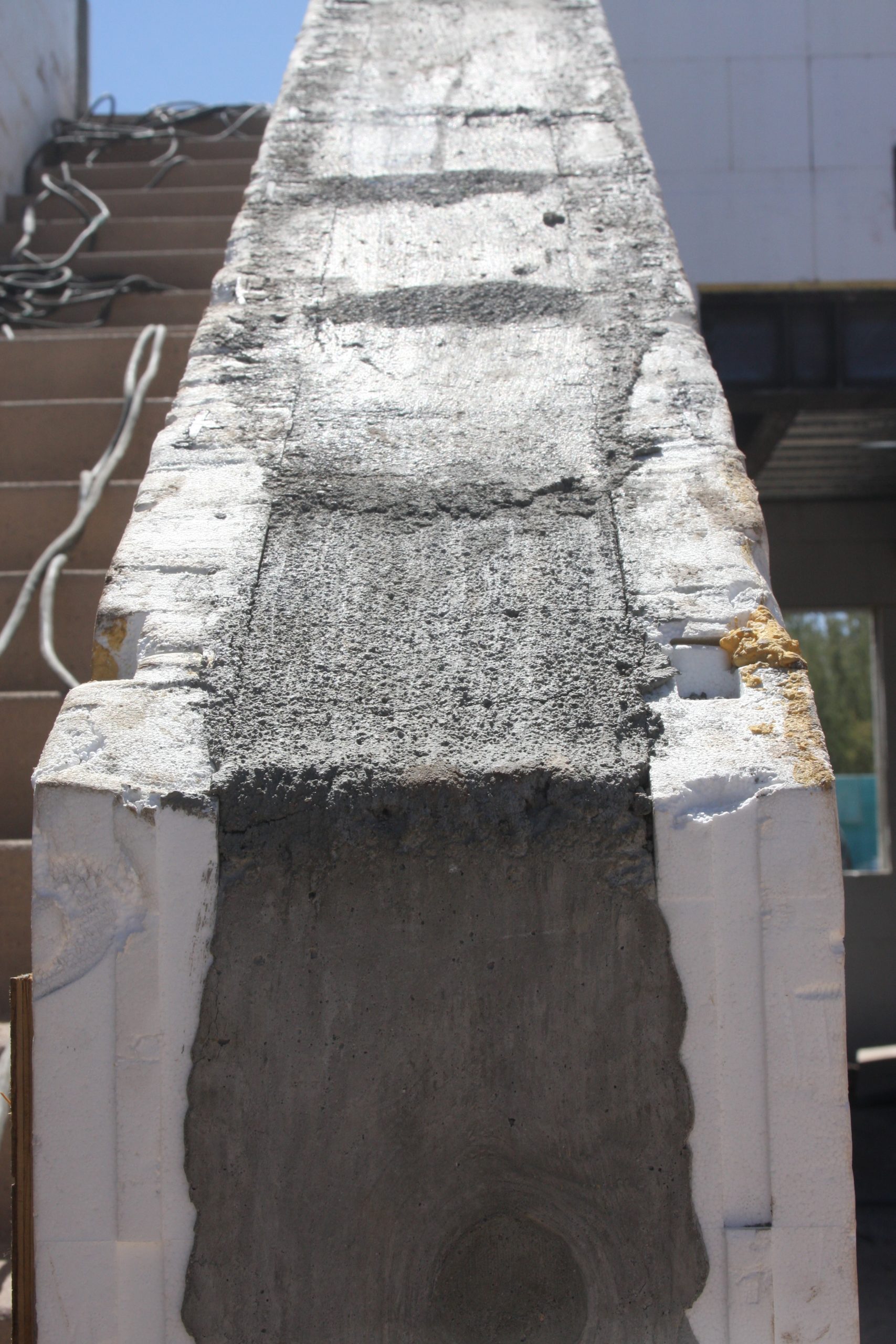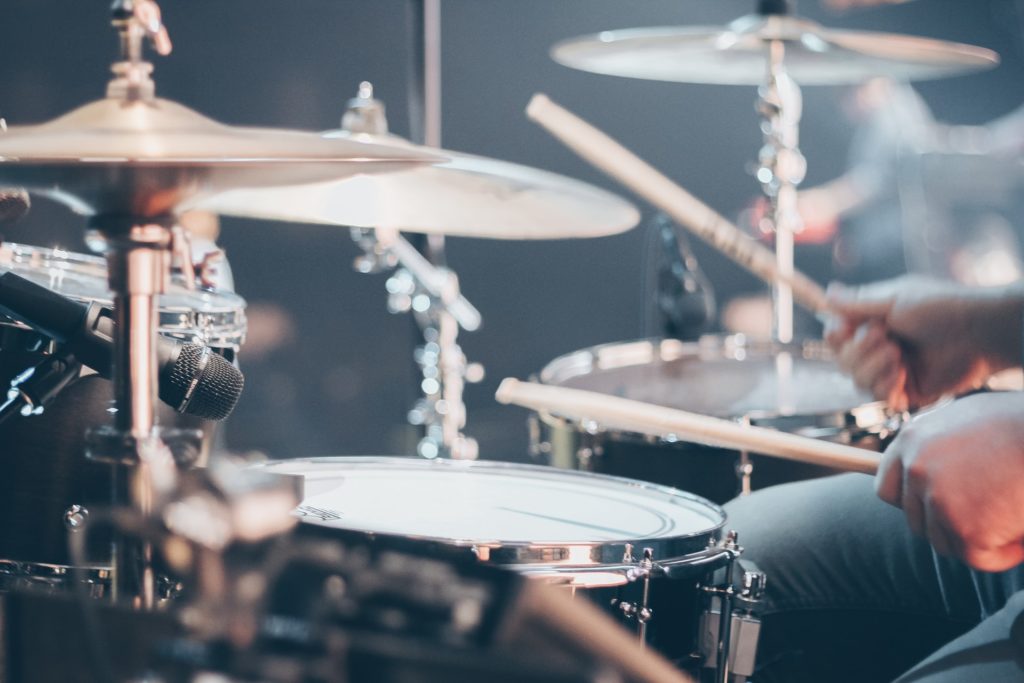
There are no best ways to soundproof a room. There are no soundproof rooms. There is no such thing as soundproofing. Noise is managed. It is not “proofed”. The issue to address is termed noise transmission. Noise transmission is about vibrational acoustics. The goal with any noise issue is to mitigate or reduce the vibrational strength of the noise so it enters or leaves the room reduced in strength. The goal to reduce its strength is the responsibility of the barrier you design and build.
The Importance of Noise Measurements in Soundproofing a Room
A barrier is a structure that you design and build based upon the frequency and amplitude of your noise issues. All noise transmission issues must be quantified and qualified through noise measurements. Noise measurements must be taken at the quietest part of each day and the loudest part of each day. The noise numbers must be taken over a seven day time period in order to determine the minimum and maximum pressure issues throughout the week. The best ways to soundproof a room must start with noise measurements.
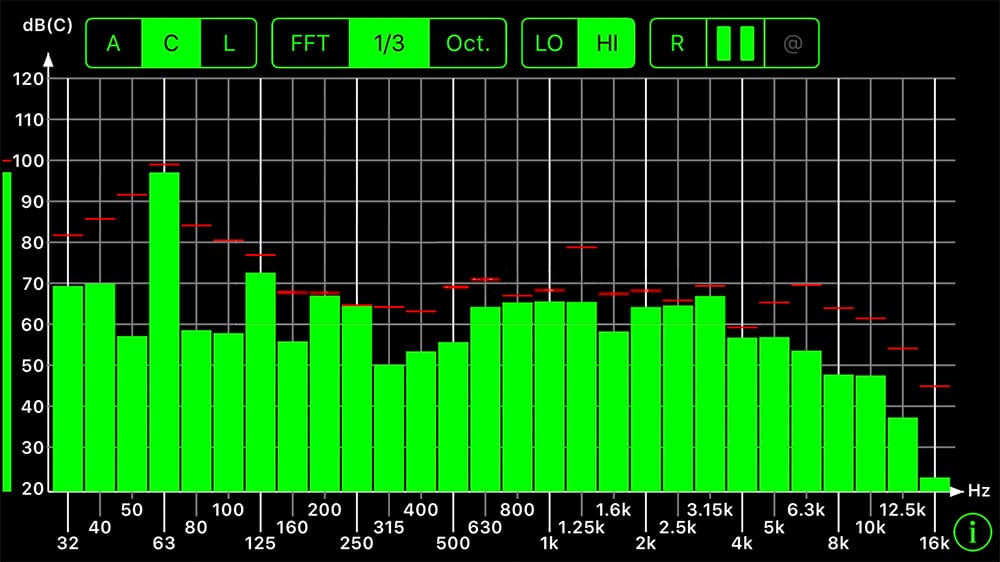
Simplifying Soundproofing with Acoustic Fields’ Noise Measurement Process
At Acoustic Fields, we have a noise measurement process where you can use your phone. We have apps that we send you for your phone. You take the noise measurements following our instructional video. You take measurements over the quietest part of each day and the loudest part of each day. Measurements must be taken over a seven day time period so you can treat the room for the worst noise day which will allow you to work within the room on any day. You will then enter the data into our online data sheet and send it to us.
We will examine your numbers, complete the barrier design and send you a drawing that you will build. None of this nonsense about not being able to work in your room because the traffic noise is too great on Thursday to record our vocals. If you measure noise over a seven day time period, you will know and be able to treat the noise issues that particular day produces. The best way to soundproof your room is to know what the frequency and amplitudes of the noise is. The barrier you build is dependent on these noise numbers.
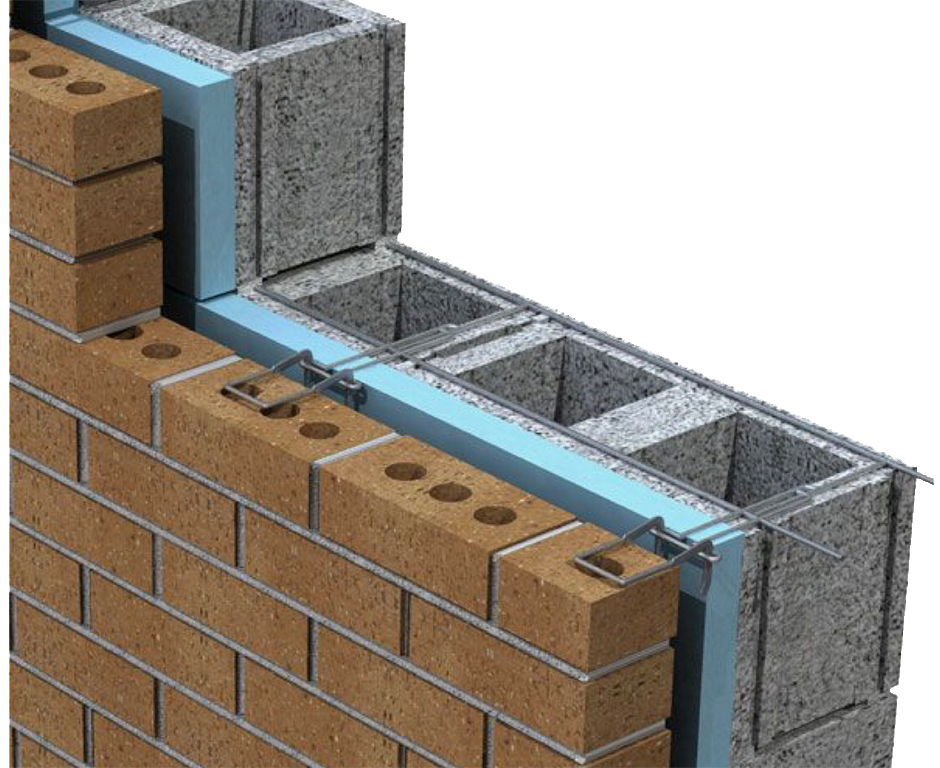
Battling Low Frequency Noise: The Key to Effective Room Soundproofing
All noise is composed of frequency and amplitude. The frequency is where the noise lies within our hearing range. The amplitude is how strong each frequency of noise is. Frequencies of noise below 100 hz. are much more difficult to treat than frequencies of noise above 100 hz. Lower frequency noise pressure is produced by waves of energy like ocean waves. Think of your room and the best way to soundproof it as a battle against low frequency noise.
Think of your room as a boat that you will place within the ocean. The boat must be strong enough to handle the pressure from the waves of low frequency energy slapping against the boat. You must also make the boat watertight so that there are no leaks. You must know what the noise enemy is before you build the appropriate barrier to mitigate its noise transmission.
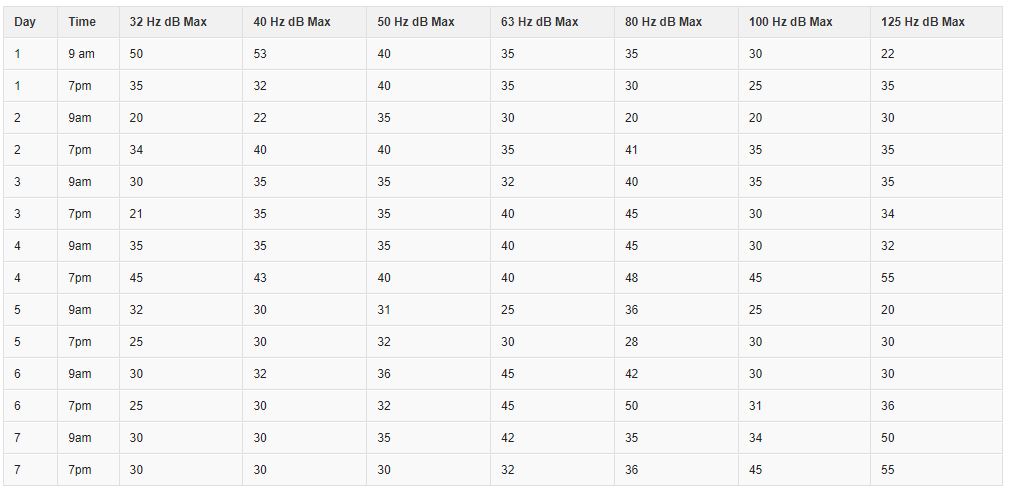
The Importance of Accurate Noise Measurements in Barrier Design
The frequency and amplitude or strength must be measured with all noise transmission issues since the barrier you build is strictly dependent on those numbers. Lower frequency noise barrier designs require many different material types, amounts, and construction methodologies than a barrier to reduce the noise transmission from neighbors talking.
Lower frequency energy waves are 30 – 40′ long and are powerful. Lower frequency energy can transmit through concrete walls that are 12″ thick. What chance does your wood framed wall have of stopping that frequency of noise transmission? This is why it is so critical to measure the problem first to avoid building something that has no chance from the beginning of working. Every barrier design along with the materials that are used within the design are frequency and amplitude dependent. There is no one barrier design that works for all noise transmission issues.
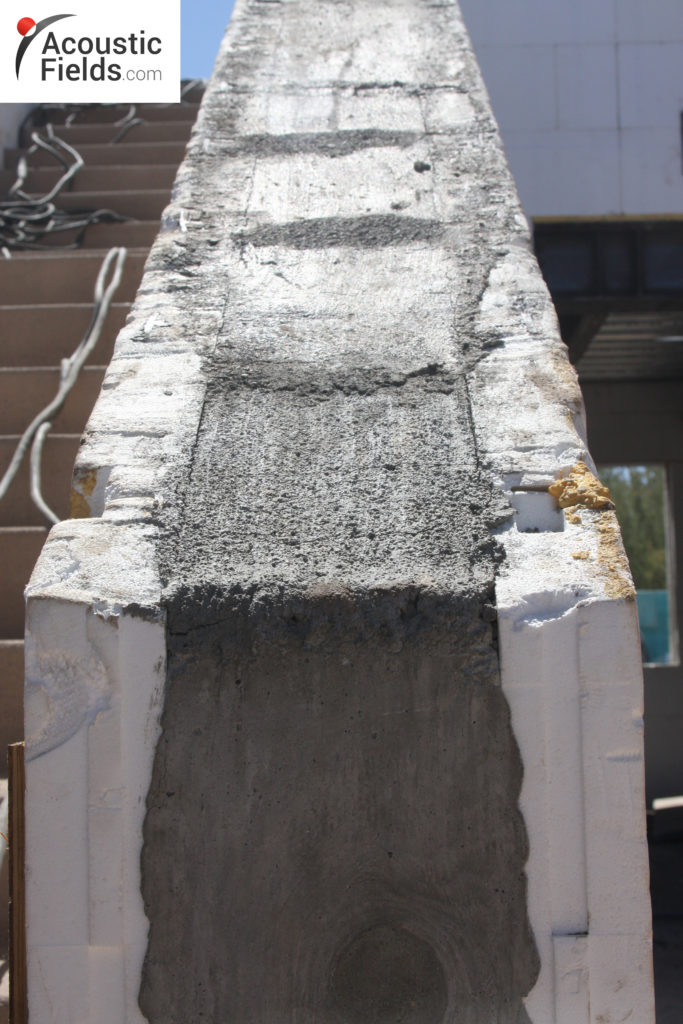
Avoiding Costly Mistakes in Soundproofing: The Importance of Measuring Noise First
Using our boat analogy, we must build our boat so that it is strong enough to manage the lower frequency wave energy and it also must not have any openings in it so that middle and high frequency noise energy can enter through those openings. Any room that is designed to reduce noise transmission must be a sealed structure so that the “ocean” waves can not break through the sides and top, along with no holes that will permit higher frequencies to enter.
If you do not measure your problem and build a barrier design that you think will work and 90% of the time it will not work, you will have to tear it down and start all over. Some design and build mistakes can be repaired, most can not. With noise, think of the carpenter adage, measure twice and cut once. Guessing with noise is foolish and expensive. Start with measuring the noise and getting an accurate picture of what you are fighting.


